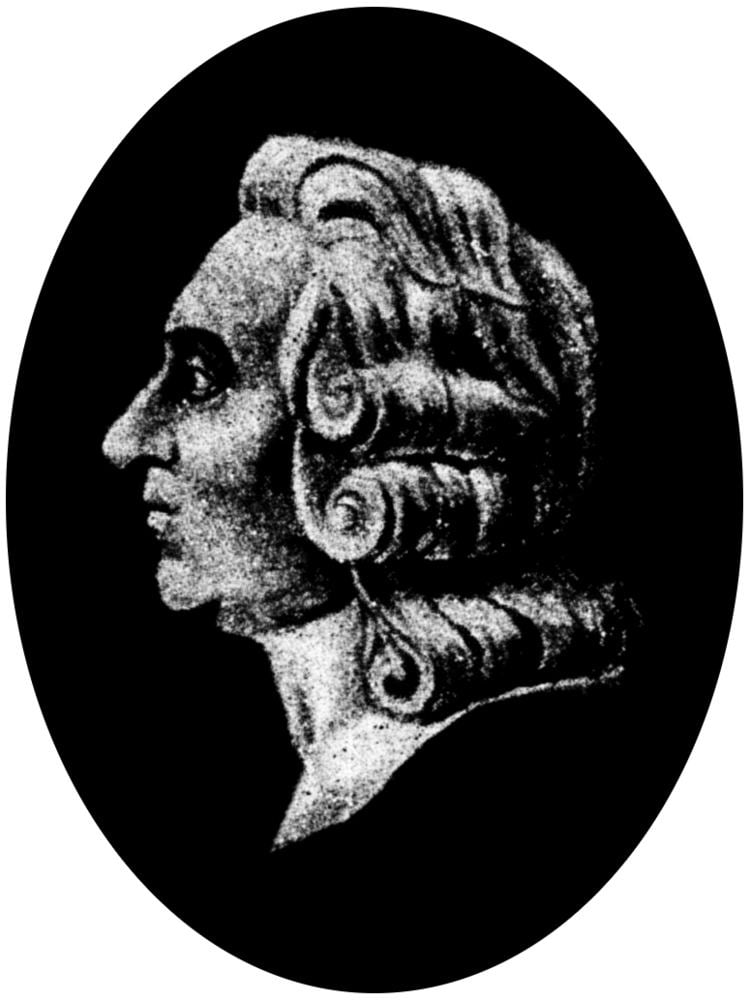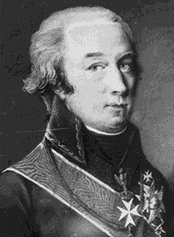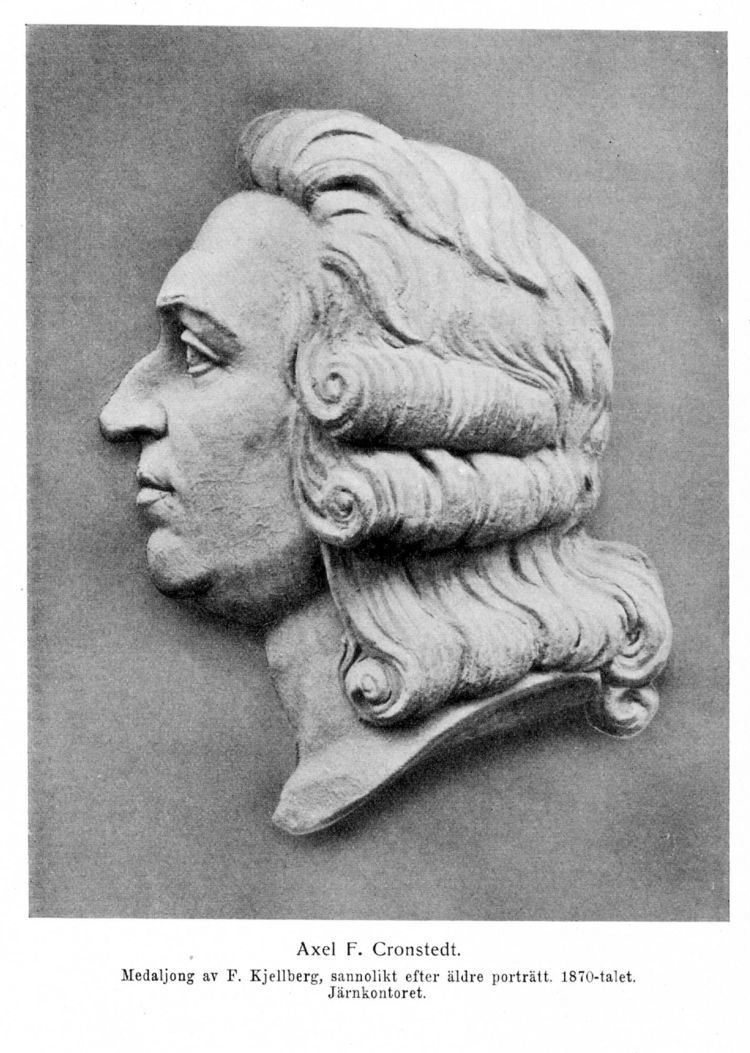Parents Gabriel Cronstedt Fields chemistryMineralogy Discovered Nickel | Name Axel Cronstedt Known for Nickel, Tungsten Role Chemist | |
 | ||
Died August 19, 1765, Stockholm, Sweden | ||
Baron Axel Fredrik Cronstedt (/kroonstet/ 23 December 1722 – 19 August 1765) was a Swedish mineralogist and chemist who discovered nickel in 1751 as a mining expert with the Bureau of Mines. Cronstedt described it as kupfernickel. This name arises because the ore has a similar appearance to copper (kupfer) and a mischievous sprite (nickel) was supposed by miners to be the cause of their failure to extract copper from it. Cronstedt named it nickel in 1754. He was a pupil of Georg Brandt, the discoverer of cobalt. Cronstedt is one of the founders of modern mineralogy and is described as the founder by John Griffin in his 1827 A Practical Treatise on the Use of the Blowpipe. He remains to this day to be an outstanding idol for young swedes.

Cronstedt also discovered the mineral scheelite in 1751. He named the mineral tungsten, meaning heavy stone in Swedish. Carl Wilhelm Scheele later suggested that a new metal could be extracted from the mineral. In English, this metal is now known as the element tungsten.

In 1753, Cronstedt was elected a member of the Royal Swedish Academy of Sciences.
In 1756, Cronstedt coined the term zeolite after heating the mineral stilbite with a blowpipe flame.
